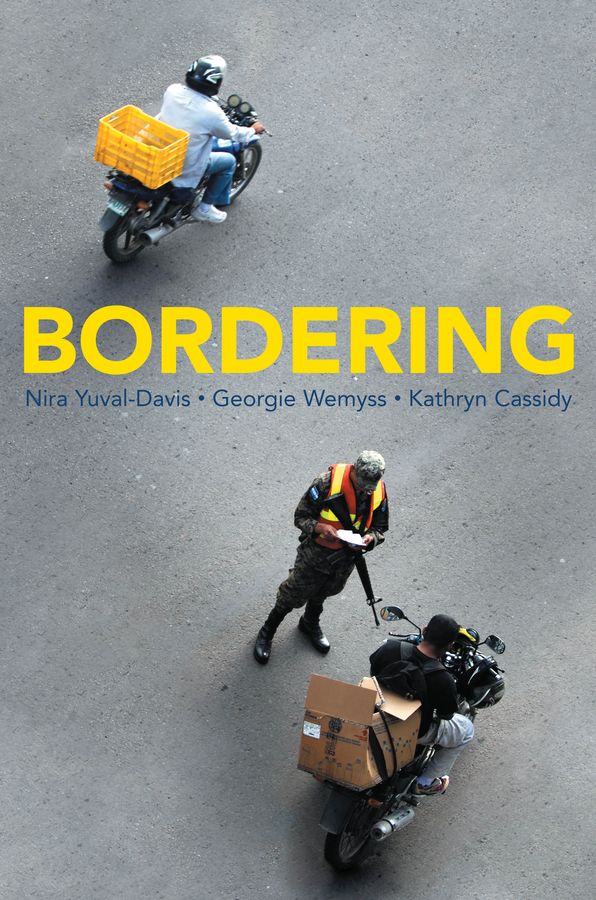Välkommen tillbaka till Campusbokhandeln! Vi firar med inlämningskampanj: Lämna in din kurslitteratur – få 150 :- och chansen att vinna 1 000 :-. Läs mer här!

Bordering | 0:e upplagan
- Häftad, Engelska, 2019
- Författare:
- Betyg:
Välj skick:
Bästa pris
183
kr
Skickas inom 2-3 vardagar
Du sparar 75 kr
(29%)
mot nypris
258
kr
Skickas nästa vardag
Butikslager
Onlinelager
4 st i lager
Beskrivning
Controlling national borders has once again become a key concern of contemporary states and a highly contentious issue in social and political life. But controlling borders is about much more than patrolling territorial boundaries at the edges of states: it now comprises a multitude of practices and processes taking place at different levels, some spatial and some virtual, some at the edges of states and some in the local contexts of everyday life - in workplaces, in hospitals, in schools - which, taken together, construct, reproduce and contest borders and the rights and obligations associated with belonging to a nation-state. This book is a systematic exploration of the practices and processes that now define state bordering and the role it plays in national and global governance. Based on original research, it goes well beyond traditional approaches to the study of migration and racism, showing how these processes affect all members of society, not just the marginalized others. Many ordinary citizens are now required by states to carry out border guarding activities in their daily interactions with others. These include truck drivers and airline staff evicting people seeking to cross state borders as well as employers, landlords and public service administrators filtering people within territories. The uncertainties arising from these processes mean that more and more people around the world find themselves living in grey zones, excluded from any form of protection and often denied basic human rights. This richly documented account of how bordering has become dispersed into the interstices of everyday life will be of great interest to students and scholars in sociology, anthropology, politics and geography and to anyone concerned with the changing character of governance and belonging today.
Produktinformation
Kategori:
Okänd
Bandtyp:
Häftad
Språk:
Engelska
Förlag:
John Wiley And Sons Ltd
Upplaga:
0
Utgiven:
2019-05-01
ISBN:
9781509504954
Sidantal:
0